Questioning the rhetoric.
The brief
In the epoch of the Anthropocene, characterized by humanity’s profound impact on the Earth’s geology and ecosystems, the discourse surrounding resilience to climate change has become increasingly prominent. As societies grapple with the consequences of human-induced environmental transformations, there is a growing recognition of the need to question and analyze the underlying assumptions and ideologies shaping our responses to these challenges. In the forthcoming discussions, we will delve into the complexities of human ideas embedded within the rhetoric of resilience, exploring how these factors intersect with broader environmental narratives and shape our collective path forward in the face of climate crisis.
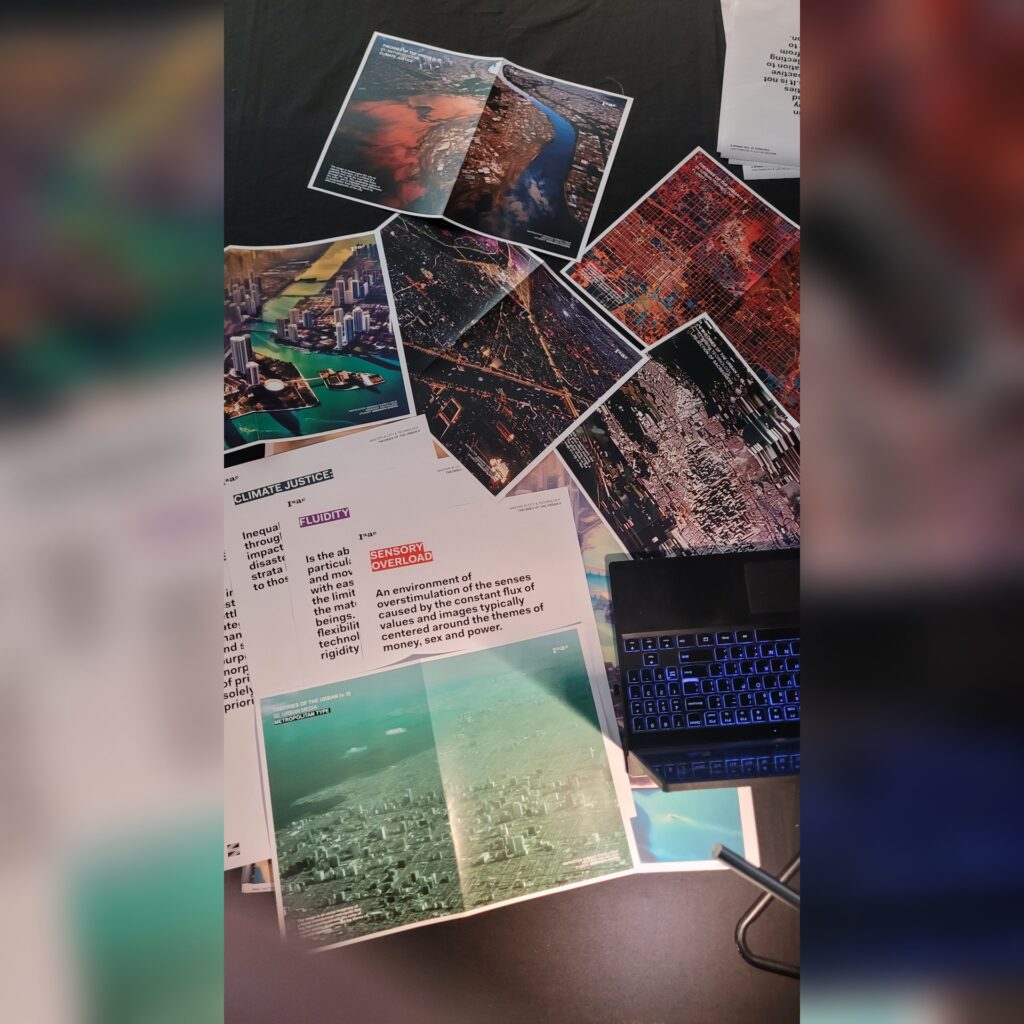
The body of work covers topics ranging from the Anthropocene, to the questioning of the ideas of resilience in an urban context, to the role and relevance of feminism in such a setting. The development pipeline involved the usage of LLM ChatGPT for idea distillation and Midjourney’s image blending technique for the innovative and creative images that were developed for each of the different papers that were dived into.
The project relied on heavy group interaction for the crystallization of themes and relevant ideas that would convey a crisp message for discussion and debate. The ideas were heavily contested by different parties in the confines of the classroom, which made for lively debates and the opening up of perspectives on how to challenge or drive certain issues and solutions in the brick and mortar society.
Paper1: Critical Urban Theory in the Anthropocene_WAKEFIELD
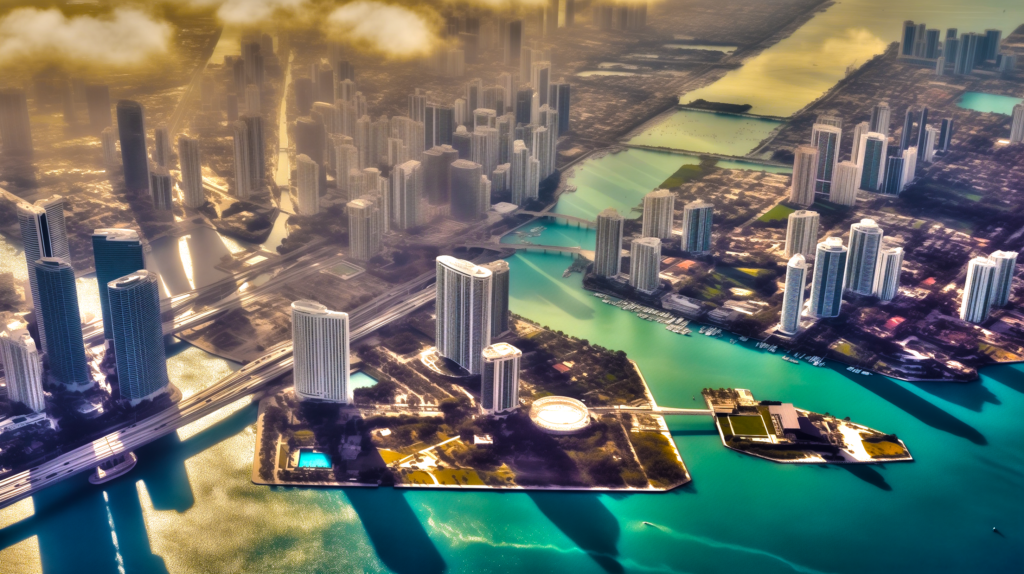
to climate change or are simply derelict and structurally unsound; for the purposes of rebuilding alternative morphologies that are more in line of principles that are not developed solely based upon capitalistic priorities.
Paper2: Climate justice and Urban futures_KIAN GOH
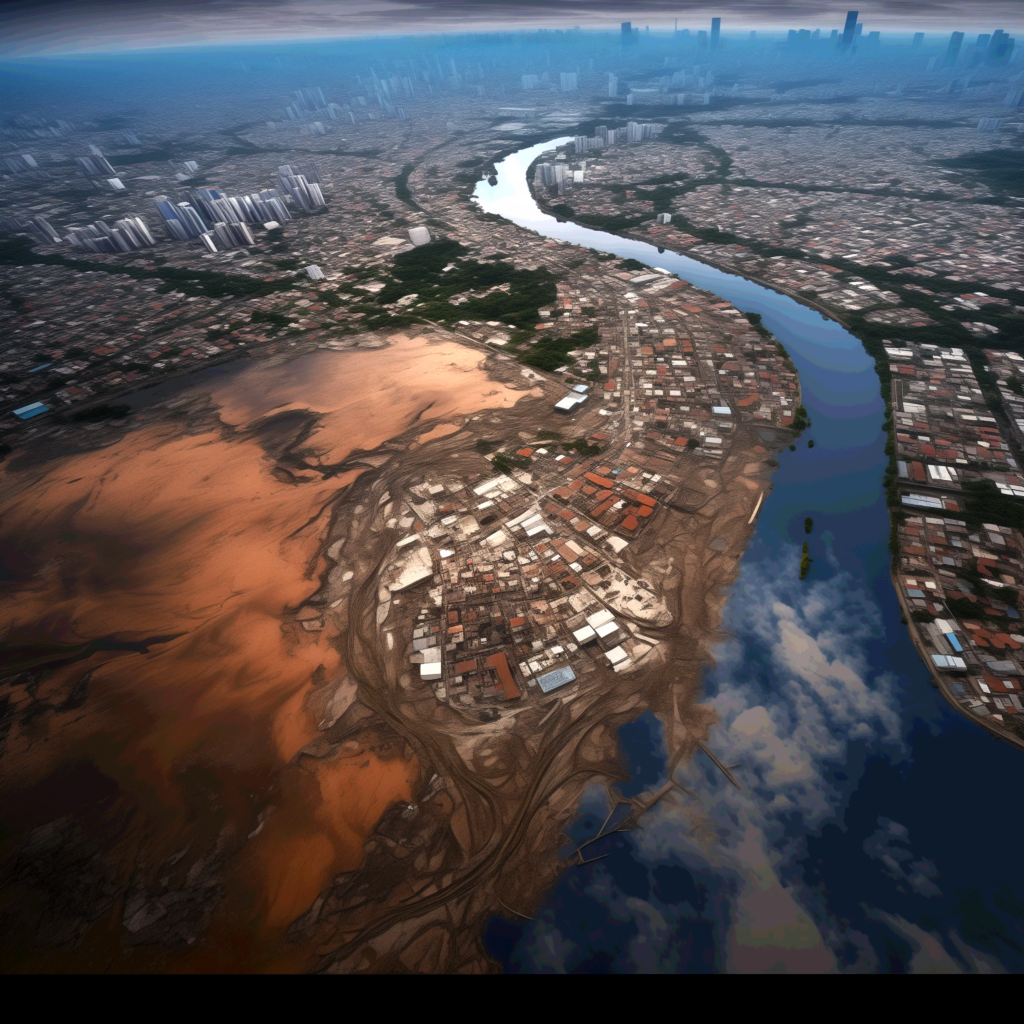
populace of lower strata income earners as opposed to those better off.
Paper3: Metropolis and mental life_SIMMEL
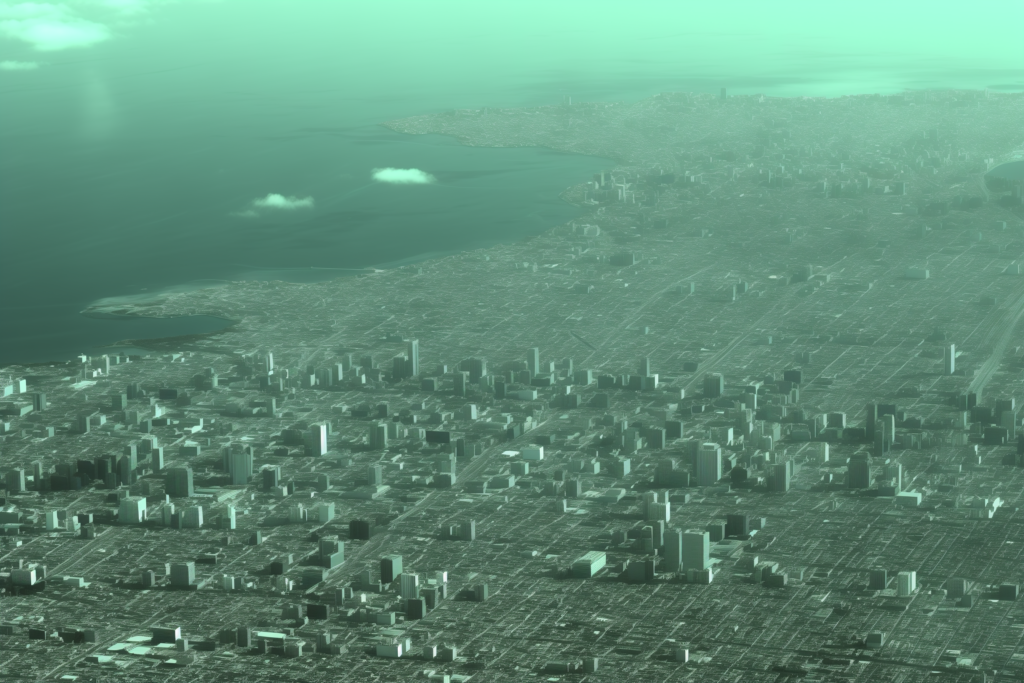
Paper4: Time-space compression_HARVEY
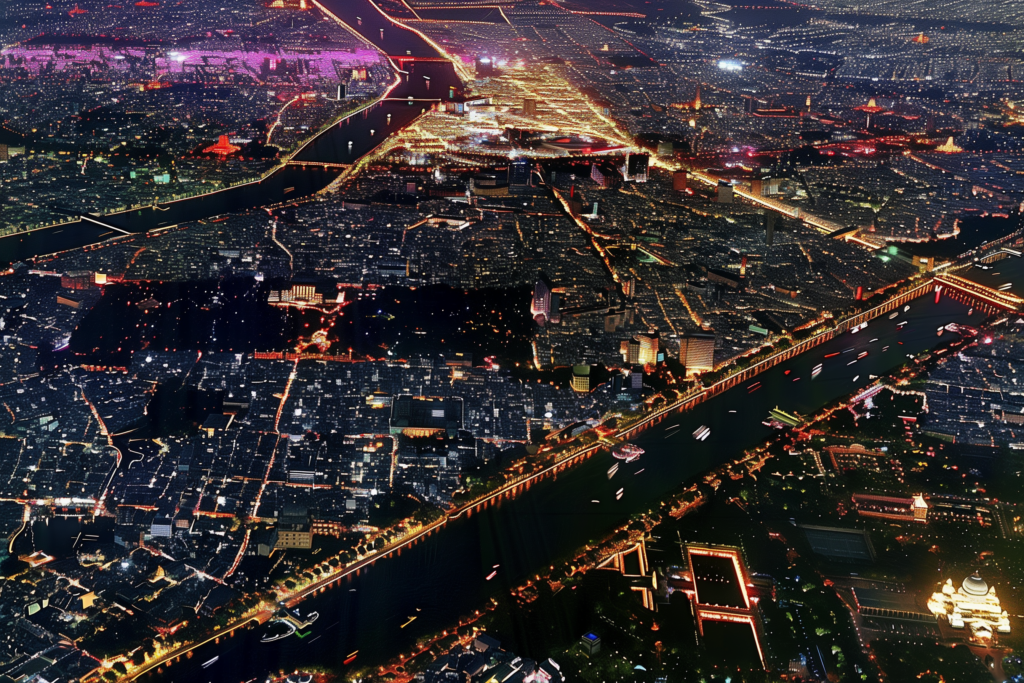
values and images typically centered around the themes of money, sex and power.
Paper5: Cyborg manifesto_HARAWAY
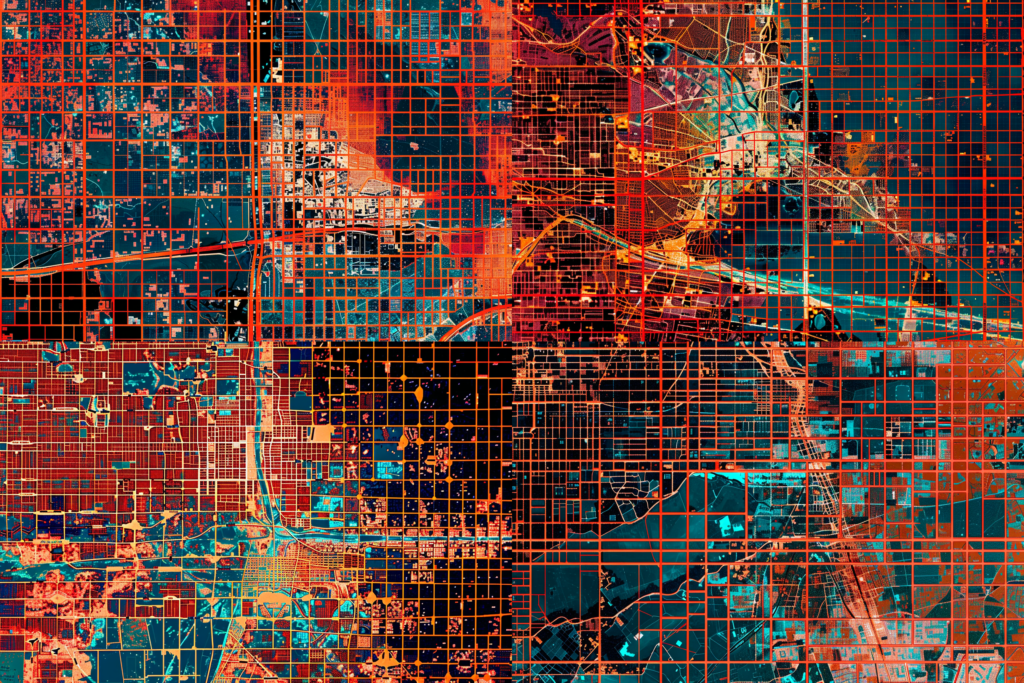
the limitations imposed by the material nature of human beings. It highlights the flexibility and adaptability of
technology compared to the rigidity of human existence.
Paper6: Xenofeminist Manifesto_LABORIA CUBONIKS
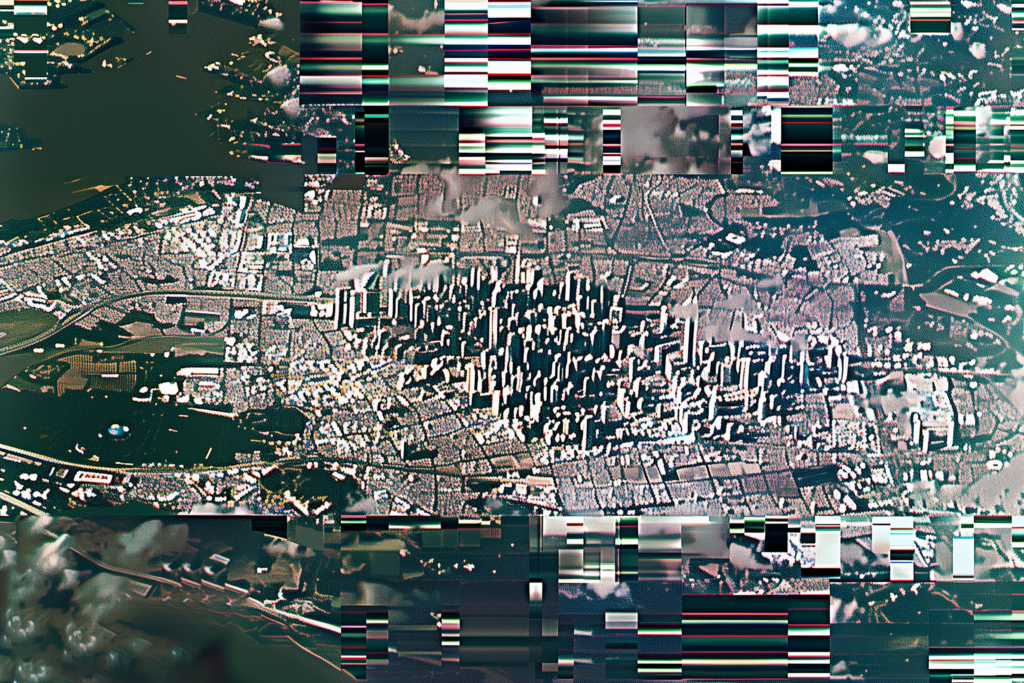
the refusal to consider certain aspects of nature, gender, or societal norms as inherently divine, holy, or beyond questioning. It involves challenging traditional notions of sacredness and transcendence, particularly regarding concepts like
“nature” or biological determinism.

